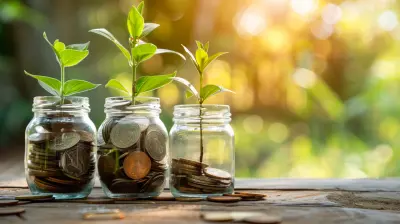The Rise of Eco-Friendly Properties in the Real Estate Market
10 August 2025
Have you ever stood in the middle of a concrete jungle, squinting at the sun, wondering if there's a better way to live? Maybe something a bit greener, quieter, and... smarter? Well, you're not alone.
The real estate world is undergoing a silent revolution — a green one, to be exact. From energy-efficient homes to entire carbon-neutral neighborhoods, the shift toward eco-friendly properties isn’t just a trend; it’s a full-blown movement. And it might just change the way we live, buy, and invest in property forever.
So grab a coffee (in a reusable mug please), sit back, and let’s unravel the mystery behind the rise of eco-friendly properties in today’s real estate market.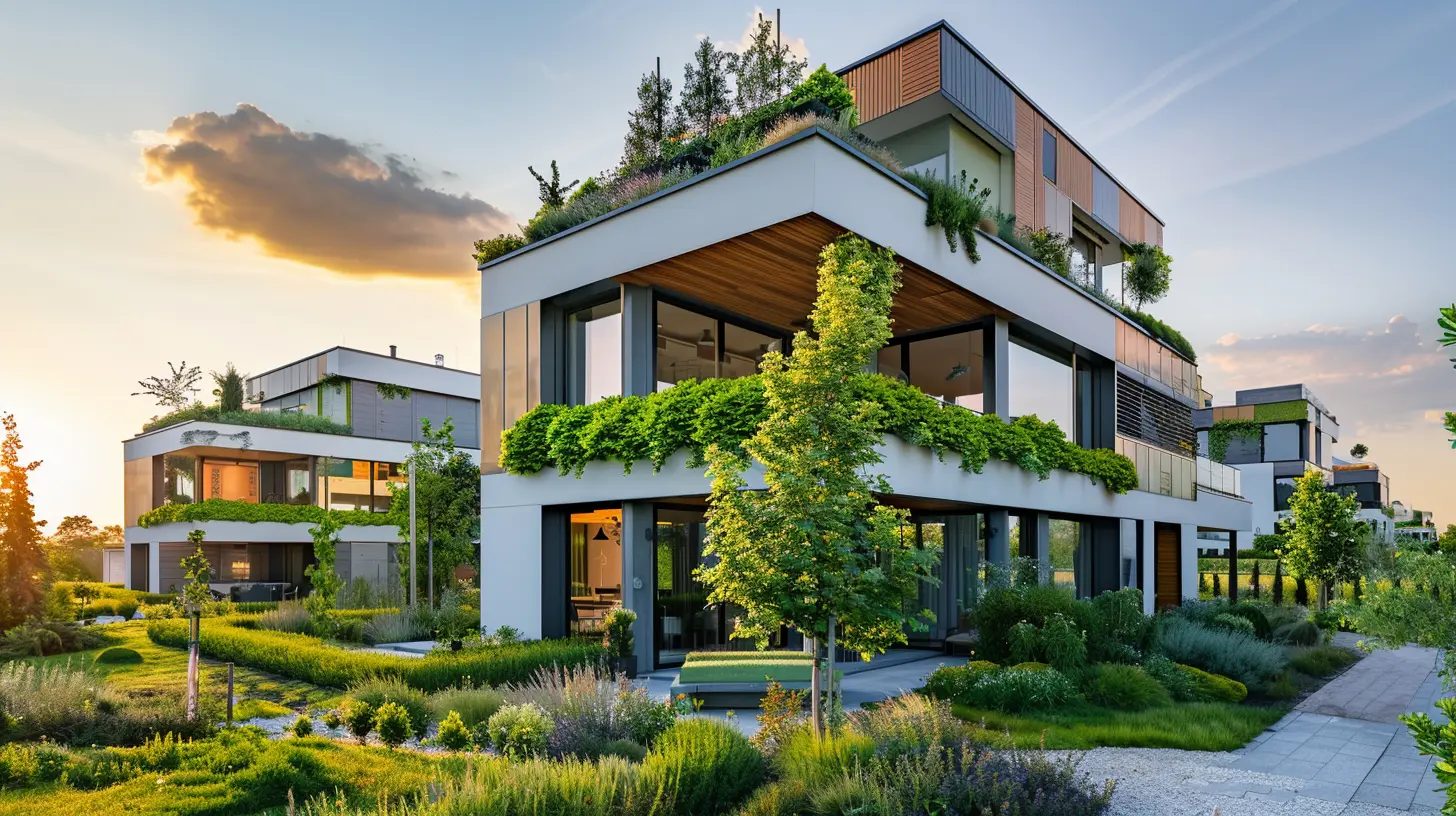
🌱 What Exactly Are Eco-Friendly Properties?
Let’s break it down. Eco-friendly properties, also known as green homes or sustainable real estate, are designed with the environment in mind. They aim to minimize waste, reduce carbon footprints, save energy, and promote healthier living.These aren’t your average homes with a couple of solar panels slapped on the roof. We’re talking smart insulation, rainwater harvesting, zero-VOC paints, sustainable building materials, and even designs that maximize natural light and airflow.
Basically, they’re like the Teslas of the housing world—sleek, efficient, and good for the planet.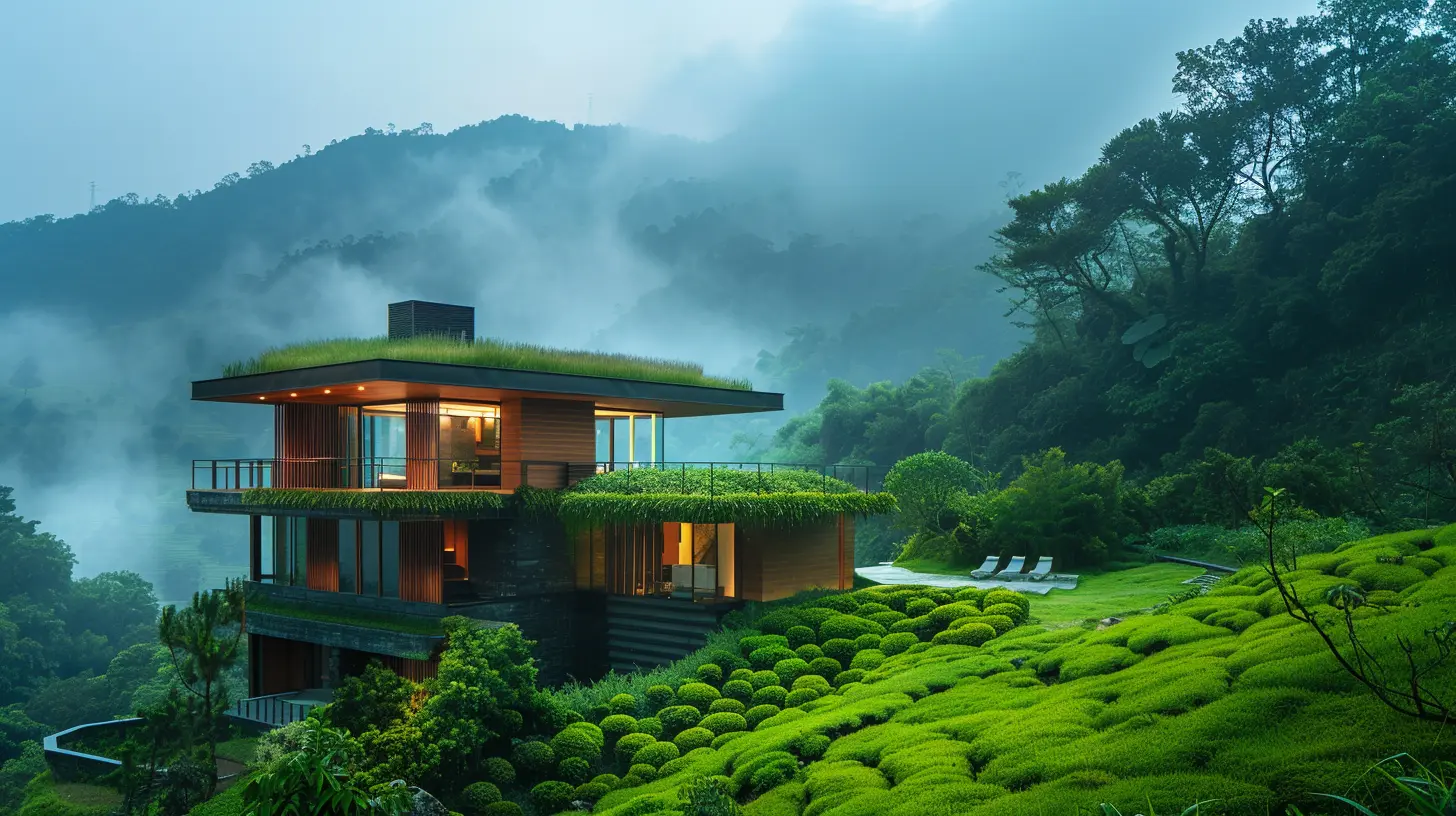
🏡 Why Are They Suddenly So Popular?
Good question. Let’s dig into it:1. Climate Change Is Getting Real
Let’s be honest—climate change isn’t just some far-off dystopian scenario. We’re seeing its effects every day, and people are waking up. Eco-anxiety is a real deal, and homeowners want to feel like they’re part of the solution, not the problem.2. Rising Energy Costs Are Burning Holes in Wallets
Gas bills out of control? Electricity costs skyrocketing? You're not the only one feeling it. Eco-friendly homes are designed to be energy-efficient—meaning you get to save big in the long run. Solar power, insulation, smart thermostats... it all adds up.3. Millennials and Gen Z Care (A Lot)
The younger generations are entering the housing market, and they’re bringing their values with them. Sustainability, ethical living, and eco-conscious choices aren’t just nice-to-haves—they're must-haves.4. Government Incentives Sweeten the Deal
Tax credits, rebates, green mortgages—governments are stepping in to encourage green building. And let’s face it, who doesn’t love saving money while saving the planet?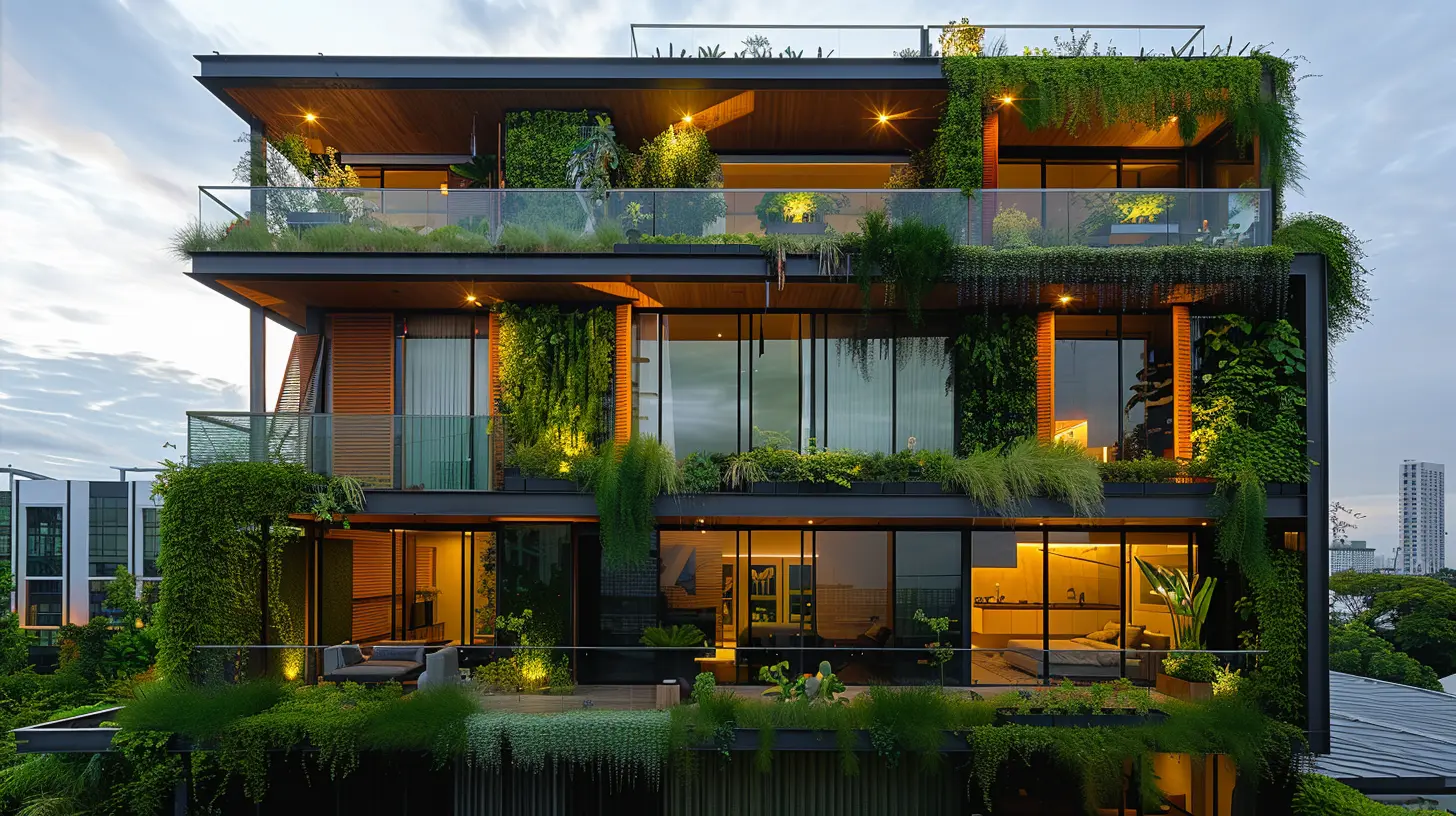
🌍 The Financial Benefits of Investing in Eco-Friendly Real Estate
Sure, going green feels good. But does it make financial sense too? Oh, absolutely.🤑 Higher Property Values
Green-certified homes tend to command higher prices and sell faster than traditional properties. Buyers are willing to pay a premium for sustainability. Why? Because they see long-term value—and savings.📉 Lower Operating Costs
Eco-friendly homes are built to slash utility bills. From LED lighting to double-glazed windows and energy-star appliances, every element works to reduce expenses.💸 Better ROI for Investors
Real estate investors are eyeing green buildings for one simple reason: demand. As more people prioritize sustainability, eco-properties are becoming hot commodities. It’s not just ethical—it’s smart business.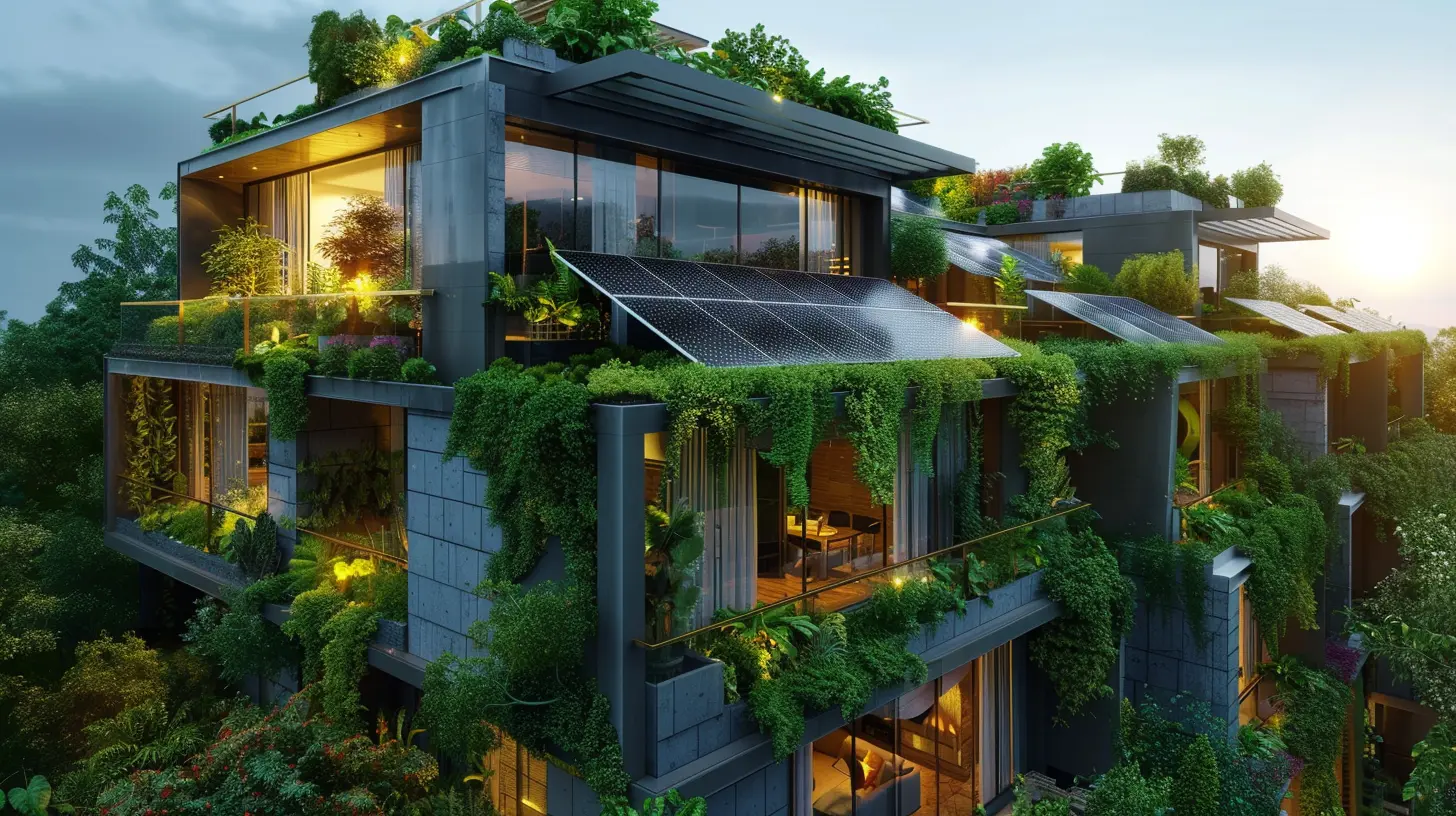
🛠️ The Green Materials and Tech Behind the Walls
Ever thought about what's actually in your walls or under your floors? You’d be surprised.🌿 Sustainable Materials
- Bamboo floors (fast-growing and ultra-durable)- Recycled steel and reclaimed wood
- Natural wool insulation
- Low-emission paints and finishes
These materials not only reduce environmental impact but also create healthier indoor spaces.
🔌 Innovative Technology
- Solar panels- Smart home systems (think thermostats, lighting, and security)
- Greywater recycling systems
- Geothermal heating and cooling
It’s like putting your home on autopilot—efficient, intelligent, and eco-conscious.
🌇 Green Buildings Are Taking Over Cities
Eco-friendly homes aren't just for hippie communes or countryside retreats anymore. Urban developers are rolling out green buildings like never before. High-rise apartments with green roofs, office spaces with living walls, and mass transit-friendly neighborhoods are the new norm.🏢 LEED-Certified Buildings
You’ve probably heard of LEED (Leadership in Energy and Environmental Design). This globally recognized certification ensures a building meets strict sustainability standards. If you're investing or buying, LEED is a big green thumbs-up.🤝 Eco-Friendly Living Builds Community, Too
Here’s something many people overlook: sustainable living fosters a sense of community.Imagine neighborhoods where people share solar power grids, manage community gardens, or use communal composting systems. It's not just about the homes—it's about how people live in them, together. It brings back that village vibe, with a modern, sustainable twist.
🤔 Are There Downsides? Let’s Be Real
Is everything sunshine and solar panels? Not quite. Like anything worth doing, going green comes with a few hurdles.💰 Higher Upfront Costs
Yes, eco-friendly homes can cost more initially. The tech, materials, and certifications add up. But here’s the kicker—the payback over time is significant. Think of it as planting a money tree in your own backyard.🧠 Limited Knowledge in the Market
Not every realtor or builder is up to speed on green design. That means buyers and investors have to do their homework or work with specialists in sustainable real estate.🔮 What Does the Future Hold for Eco-Friendly Real Estate?
Honestly? It looks pretty green.🌆 Smart, Sustainable Cities
Imagine cities powered by clean energy, with green spaces blended into every street, buildings that generate more energy than they use, and homes that clean their own air. Sounds like science fiction, but it’s already happening in places like Copenhagen and Singapore.💼 Job Growth in Green Construction
As demand grows, so does the need for skilled professionals in green construction, design, and engineering. It's an entire industry on the rise—with careers that build both futures and fortunes.🧒 Teaching the Next Generation
Schools and community programs are starting to teach sustainable living at a young age. The next wave of homeowners won’t just want eco-friendly homes—they’ll expect them.🔑 Tips for Buying or Investing in Eco-Friendly Properties
Thinking about jumping on the green real estate train? Here are a few handy tips:1. Look for Certifications – Think LEED, ENERGY STAR, BREEAM, or Passive House.
2. Investigate Materials – Make sure the home uses sustainable, non-toxic materials.
3. Check Energy Ratings – The better the rating, the lower your bills.
4. Ask About Water Systems – Low-flow fixtures and greywater systems are important.
5. Think Long-Term – Consider resale value, maintenance costs, and durability.
🎯 Final Thoughts: It’s More Than a Trend
Here's the truth: eco-friendly properties aren't just a fashionable choice—they're a sustainable solution. They’re answering the call for a better, cleaner, and more responsible way of living. And as climate concerns grow, their value—financially and socially—will only go up.So next time you’re thinking about buying, renting, building, or investing, consider going green. Not just because it's the right thing to do, but because it's the smart thing to do.
After all, the future isn’t just bright. It’s green.
all images in this post were generated using AI tools
Category:
Real Estate MarketAuthor:

Eric McGuffey
Discussion
rate this article
1 comments
Robert Shaffer
As the green revolution reshapes our built environment, eco-friendly properties emerge as more than just a trend; they are a catalyst for change. What hidden forces drive this shift? Will the market's next phase reveal untold opportunities or unforeseen challenges beneath its sustainable facade? Stay tuned.
September 5, 2025 at 3:42 AM

Eric McGuffey
Thank you for your insightful comment! The shift towards eco-friendly properties is indeed driven by a combination of consumer demand, regulatory changes, and technological advancements. While this momentum presents exciting opportunities, it also raises challenges such as affordability and resource management. It will be fascinating to see how these dynamics unfold!

